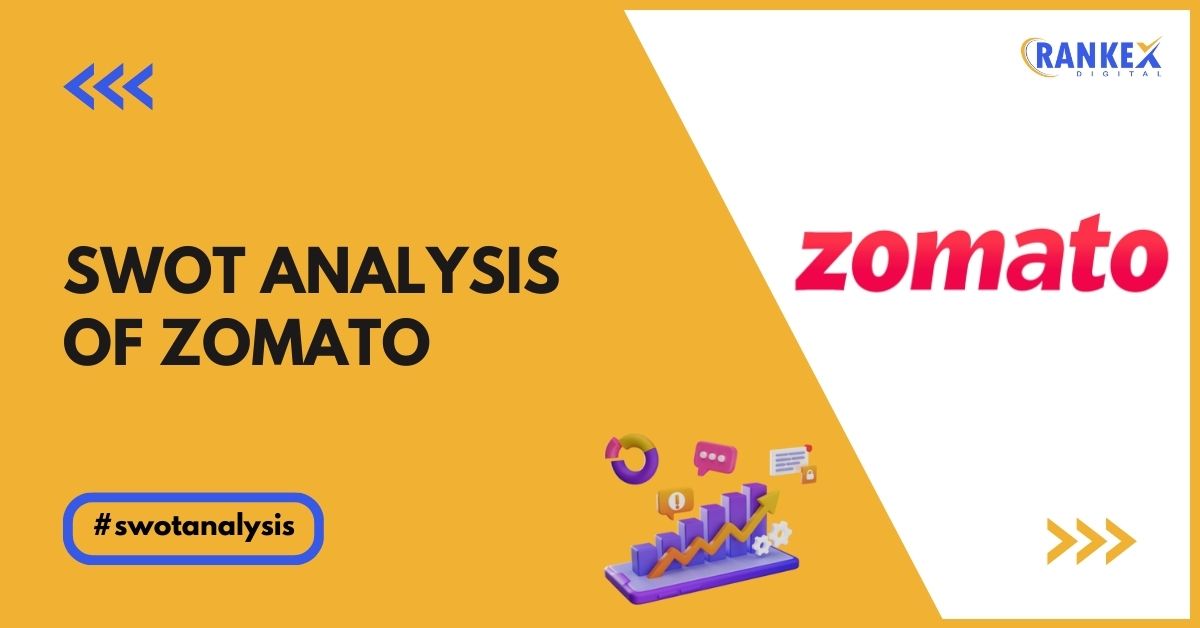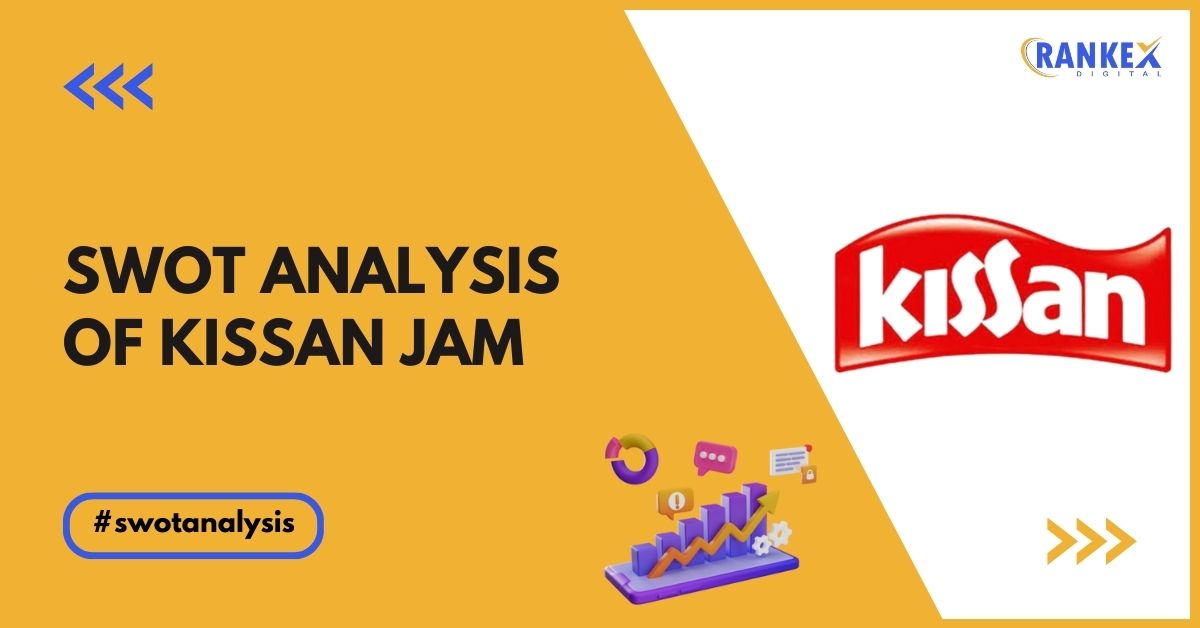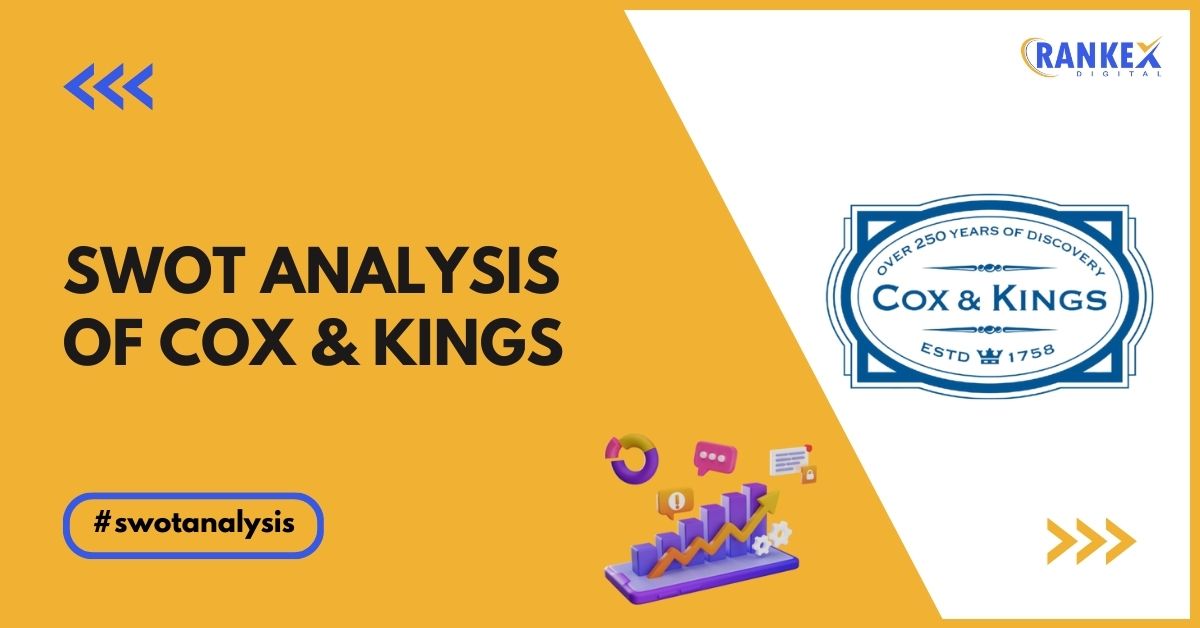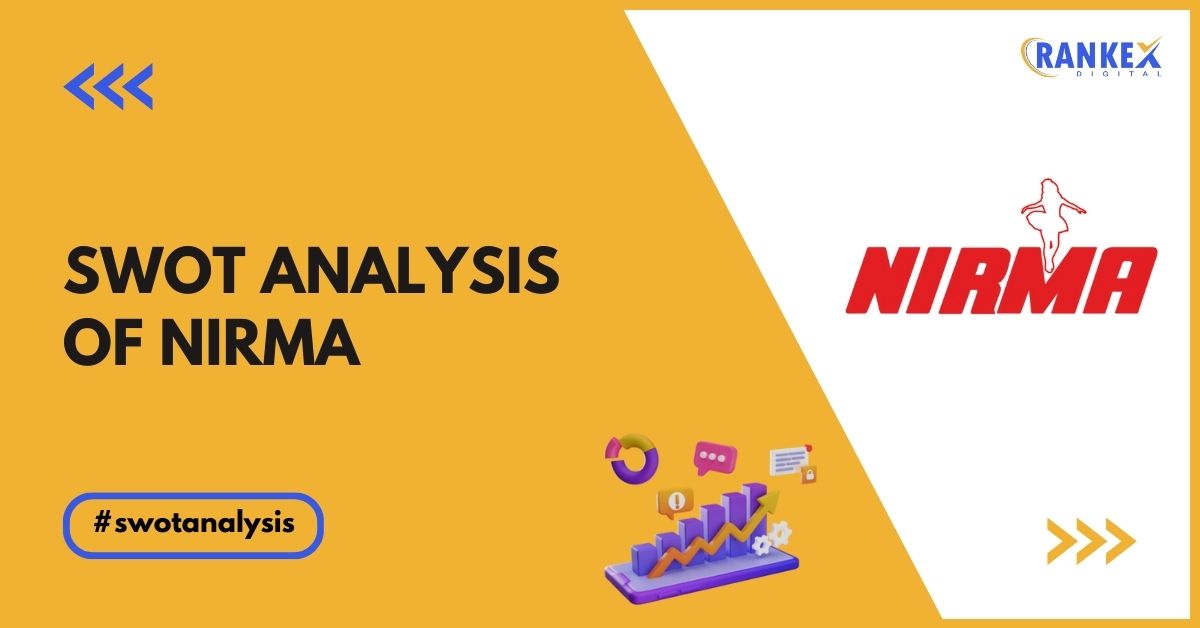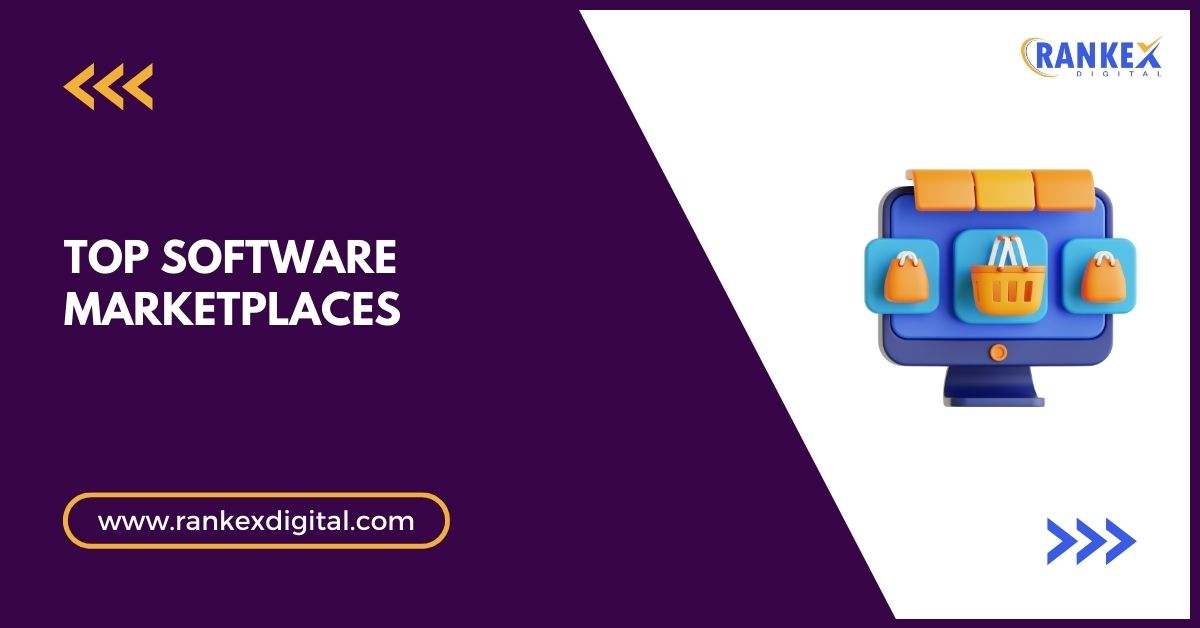Zomato, a renowned name in the global food delivery and restaurant discovery space, has revolutionized how we dine. Established in 2008, Zomato has grown from a simple restaurant listing platform to a comprehensive food services company.
Conducting a SWOT analysis of Zomato is crucial for understanding the strategic position of businesses like Zomato. This article aims to explore Zomato’s strengths, weaknesses, opportunities, and threats in detail, providing insights into its current market stance and future prospects.
Table of Contents
What is SWOT Analysis?
SWOT analysis is a strategic planning tool used to identify and evaluate the strengths, weaknesses, opportunities, and threats related to a business. This framework helps in understanding the internal and external factors that can impact the company’s success.
Definition and Components of SWOT Analysis
- Strengths: Internal attributes and resources that support a successful outcome.
- Weaknesses: Internal limitations and challenges that can hinder performance.
- Opportunities: External factors the company can exploit to its advantage.
- Threats: External factors that could cause trouble for the business.
Importance of SWOT Analysis in Strategic Planning
SWOT analysis plays a vital role in strategic planning by helping businesses:
- Identify core competencies and areas for improvement.
- Develop strategies to capitalize on opportunities.
- Anticipate and prepare for potential threats.
- Make informed decisions to enhance competitiveness and sustainability.
Overview of Zomato
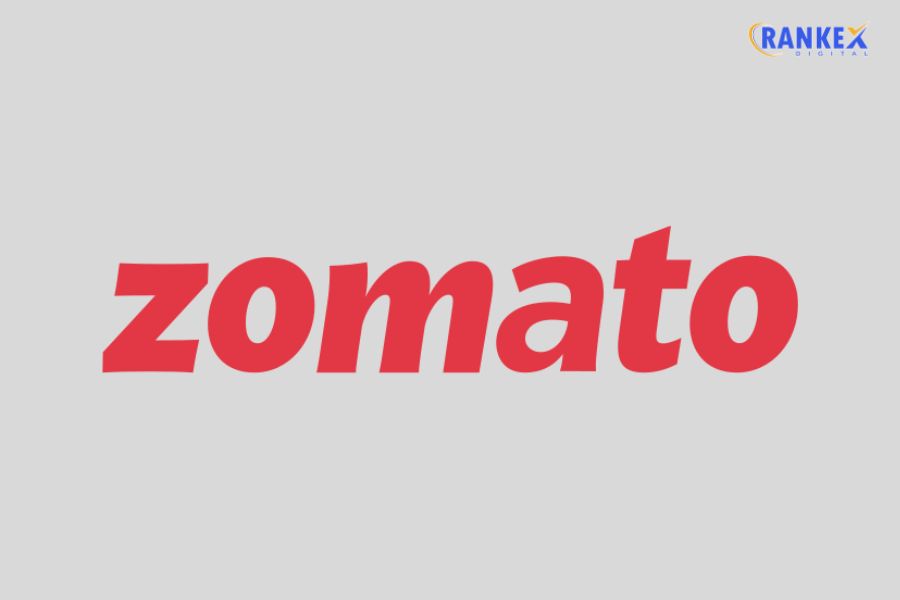
Zomato, founded by Deepinder Goyal and Pankaj Chaddah, started as Foodiebay and later rebranded to Zomato in 2010. It has grown exponentially, expanding its services beyond restaurant discovery to online food delivery, table reservations, and subscription-based memberships like Zomato Gold (now Zomato Pro). Zomato operates in several countries, making it a global player in the food tech industry.
Quick Stats About Zomato
| Founder | Deepinder Goyal and Pankaj Chaddah |
| Year Founded | 2008 |
| Origin | Gurgaon, Haryana, India |
| No. of Employees | 5,000+ |
| Company Type | Public |
| Market Cap | $13.3 Billion |
| Annual Revenue | $280 Million |
| Net Profit | $ -110 Million |
SWOT Analysis of Zomato
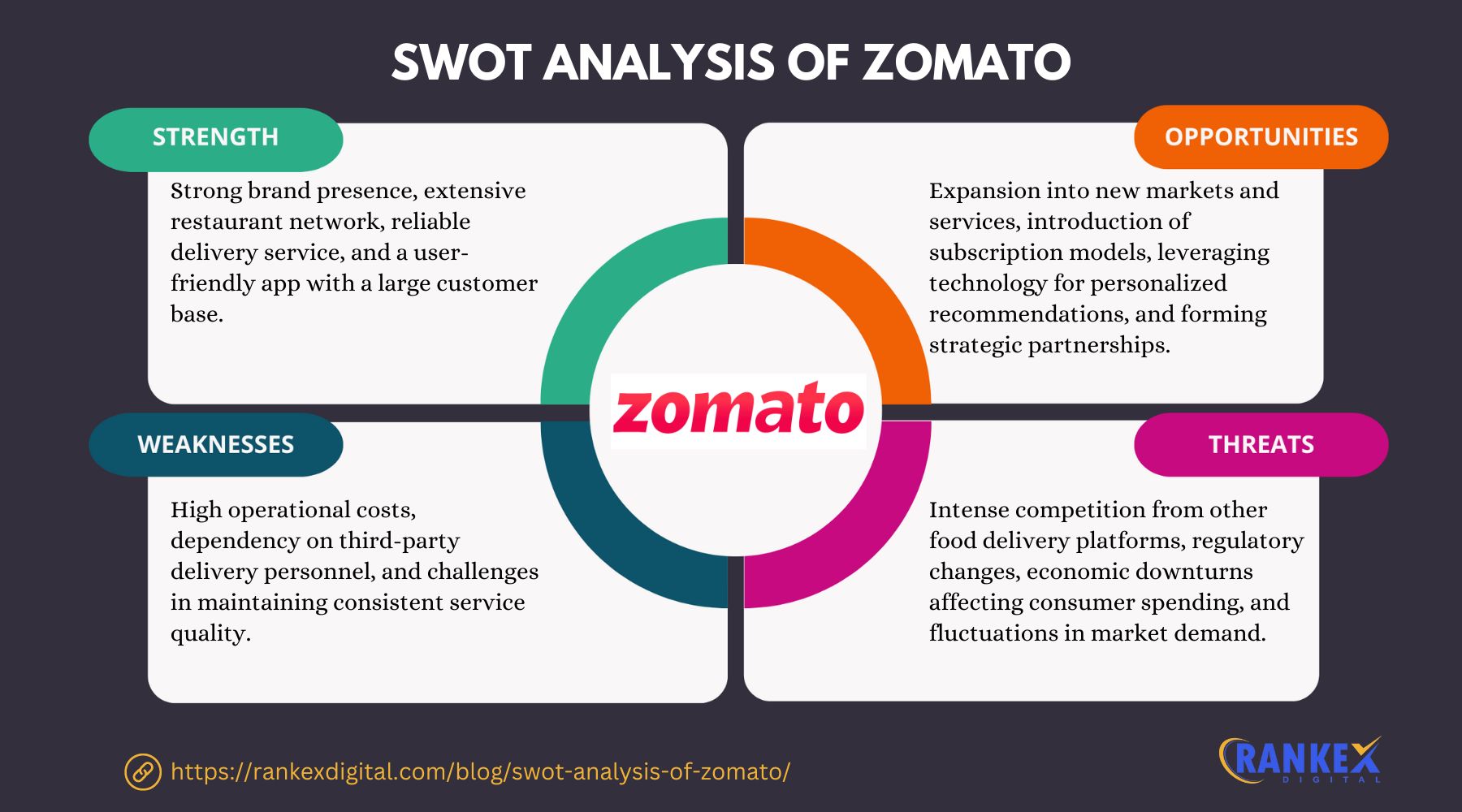
A SWOT analysis of Zomato provides a comprehensive look at its internal and external factors, which shape its strategic direction.
Strengths of Zomato
- Strong Brand Recognition: Zomato is a well-known brand with a loyal customer base, recognized for its comprehensive restaurant listings and reliable food delivery services.
- Extensive Database: Zomato boasts an extensive database of restaurants, reviews, and user-generated content, making it a go-to platform for food lovers.
- User-Friendly Interface: The Zomato app and website are designed for ease of use, providing a seamless experience for users looking to discover and order food.
- Strategic Partnerships: Zomato has formed strategic alliances with various restaurants, delivery partners, and payment gateways, enhancing its service offerings and market reach.
- Robust Delivery Network: With a strong logistics network, Zomato ensures timely and efficient food delivery, contributing to high customer satisfaction.
Weaknesses of Zomato
- High Operational Costs: Running a vast delivery network and maintaining quality service involves significant expenses, impacting profitability.
- Dependence on Third-Party Delivery Personnel: Reliance on third-party delivery staff can lead to inconsistencies in service quality and customer experience.
- Challenges in Maintaining Quality: Ensuring consistent quality across different regions and restaurants can be challenging, affecting customer satisfaction.
- Limited Profitability: Despite high revenues, Zomato struggles with profitability due to high operational costs and competitive pricing strategies.
Opportunities for Zomato
- Expansion into New Markets: There are untapped markets globally where Zomato can expand its operations, increasing its customer base and revenue streams.
- Diversification of Services: Zomato can explore new services such as grocery delivery, cloud kitchens, and meal kits to diversify its offerings and reduce dependence on restaurant food delivery.
- Technological Advancements: Leveraging AI and machine learning can enhance personalized user experiences, improve operational efficiency, and optimize delivery routes.
- Strategic Collaborations: Partnering with local businesses, technology firms, and logistics companies can help Zomato expand its market reach and improve service offerings.
Threats to Zomato
- Intense Competition: The food delivery market is highly competitive, with strong players like Swiggy, Uber Eats, and others posing significant threats.
- Regulatory Challenges: Compliance with food safety regulations, labor laws, and data privacy requirements can be complex and costly.
- Economic Downturns: Economic fluctuations can impact consumer spending on dining out and food delivery, affecting Zomato’s revenue.
- Data Security Concerns: As a tech-driven company, Zomato faces the risk of cyberattacks and data breaches, which can harm its reputation and lead to legal consequences.
Conclusion
The SWOT analysis of Zomato highlights its strong brand presence, extensive restaurant database, and robust delivery network as key strengths.
However, high operational costs, reliance on third-party personnel, and challenges in maintaining consistent quality are notable weaknesses.
Opportunities for Zomato lie in market expansion, service diversification, and technological advancements, while threats include intense competition, regulatory challenges, economic downturns, and data security concerns.
By leveraging its strengths and opportunities, and addressing its weaknesses and threats, Zomato can continue to grow and maintain its position as a leader in the food tech industry.
Frequently Asked Questions
1. What is Zomato?
Zomato is a global food delivery and restaurant discovery platform, offering a range of services including online food ordering, restaurant reviews, table reservations, and subscription-based memberships.
2. When was Zomato founded?
Zomato was founded in 2008 by Deepinder Goyal and Pankaj Chaddah.
3. What services does Zomato offer?
Zomato offers online food delivery, restaurant discovery, table reservations, and subscription-based services like Zomato Pro.
4. How does Zomato maintain its competitive edge?
Zomato maintains its competitive edge through strong brand recognition, extensive restaurant listings, a user-friendly interface, strategic partnerships, and a robust delivery network.
5. What are the main challenges faced by Zomato?
The main challenges faced by Zomato include high operational costs, dependence on third-party delivery personnel, quality control issues, and intense competition.
6. How can Zomato improve its profitability?
Zomato can improve its profitability by optimizing operational efficiency, expanding into new markets, diversifying its services, and leveraging technological advancements.
7. What opportunities can Zomato explore for growth?
Zomato can explore opportunities in new market expansion, service diversification into areas like grocery delivery and cloud kitchens, and adopting advanced technologies for personalized user experiences.
8. What threats could impact Zomato’s business?
Threats to Zomato’s business include intense competition, regulatory challenges, economic downturns, and data security concerns.
9. How important is technological advancement for Zomato?
Technological advancements are crucial for Zomato as they can enhance personalized user experiences, improve operational efficiency, and optimize delivery processes.
10. What is the role of SWOT analysis in Zomato’s strategic planning?
SWOT analysis helps Zomato identify its strengths, weaknesses, opportunities, and threats, guiding strategic planning and decision-making to enhance competitiveness and sustainability.

